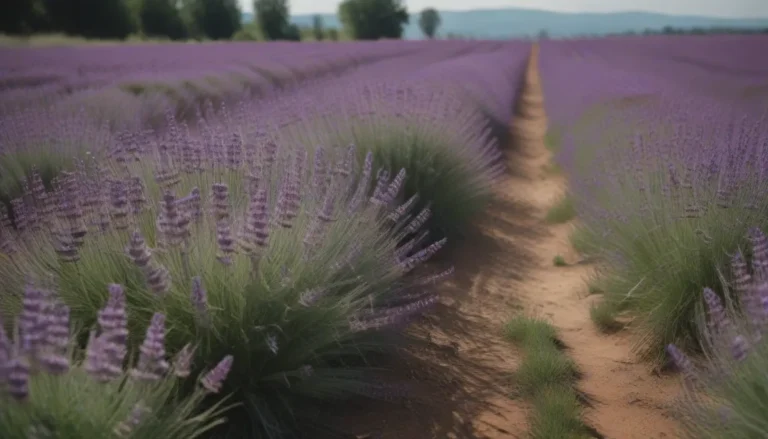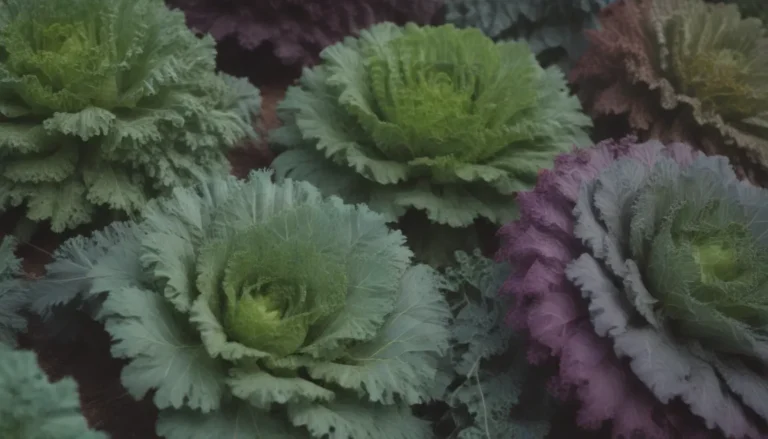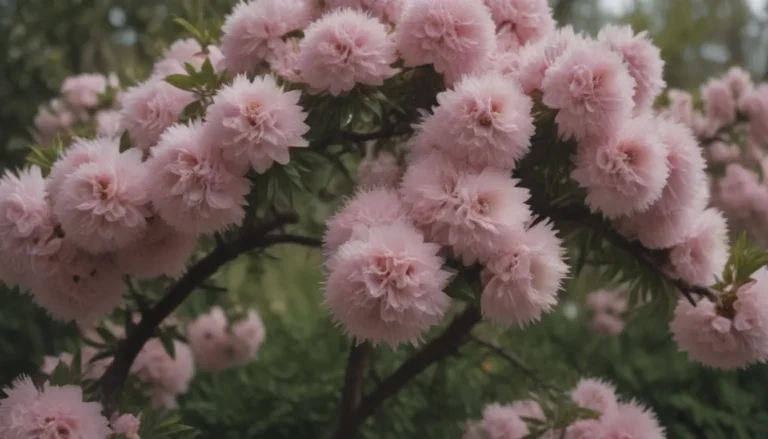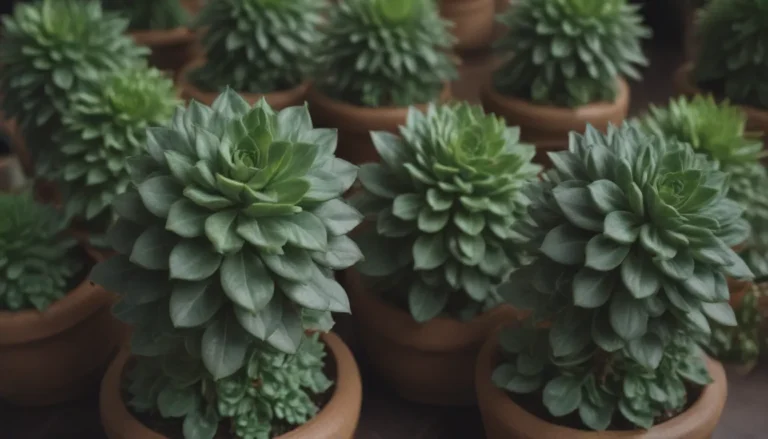Everything You Need to Know About Growing and Caring for Bloomerang Lilac
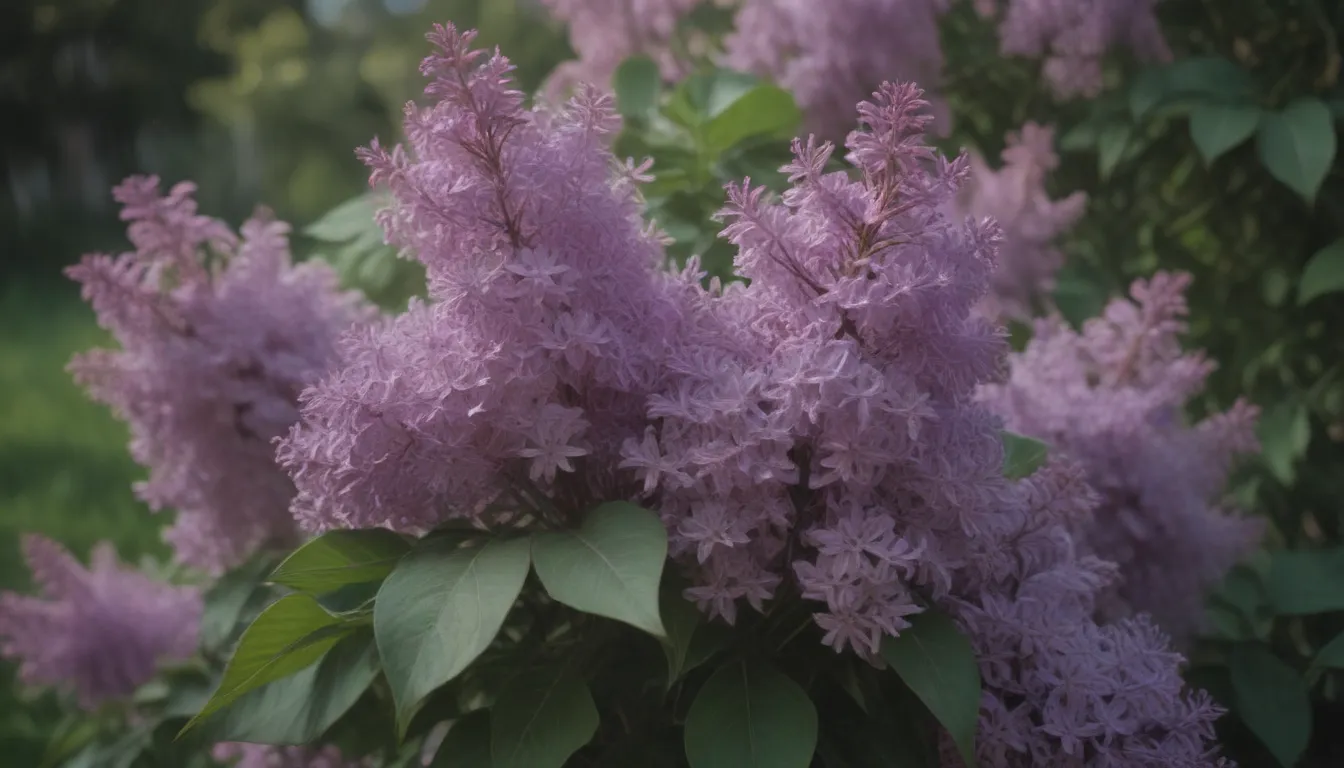
Are you a fan of lilacs but find yourself disappointed by their short bloom cycle? No need to worry! If you can’t get enough of the stunning look and delightful fragrance of purple lilacs, you can consider planting a Bloomerang lilac tree in your garden. The Bloomerang lilac is a registered trademark hybrid that offers the beauty of traditional lilacs in a compact, low-maintenance package.
Why Choose a Bloomerang Lilac?
Bloomerang lilacs are a fantastic addition to any landscape or patio. Here are a few reasons why you may want to consider adding one to your outdoor space:
- Bloomerang lilacs bloom twice a year, in spring and late summer/fall, prolonging the beauty and fragrance of lilacs in your garden.
- These hybrids are specifically bred for optimal performance and disease resistance, making them low-maintenance and almost carefree.
- Bloomerang lilacs can be planted as specimen plants, in small groups, or as mass plantings, providing versatility in how you incorporate them into your garden.
- Just like common lilacs, Bloomerang lilacs are deer-resistant, making them a great choice for areas with wildlife.
Planting Your Bloomerang Lilac
To ensure your Bloomerang lilac thrives, follow these planting tips:
- Plant your Bloomerang lilac in early spring or fall to give its roots time to establish before blooming.
- Choose a location with full sun for optimal blooming, though they can tolerate partial shade as well.
- Ensure the soil is rich in organic matter and slightly alkaline, as lilacs do not like acidic soil.
- Good drainage is essential, as lilacs do not thrive in soggy, wet soil.
- Mulch around the base of your lilac to retain moisture, especially during dry periods.
Caring for Your Bloomerang Lilac
Proper care is essential to keep your Bloomerang lilac healthy and blooming beautifully:
- Water moderately but regularly, especially during dry periods, when the top inch of soil feels dry.
- Fertilize your Bloomerang lilac twice a year, in early spring and after the spring bloom, using a fertilizer high in phosphorus to promote blooming.
- Prune immediately after flowering, if desired, to shape the plant, but avoid pruning in fall, winter, or spring during flowering.
- Protect your lilac during winter months, especially young plants, by providing extra care before freezing and covering fragile buds during extreme cold snaps.
Types of Bloomerang Lilacs
The Bloomerang lilac series offers several beautiful varieties to choose from:
- Bloomerang ‘Pink Perfume’
- Bloomerang Dark Purple ‘SMSJBP7’
- Bloomerang Dwarf Pink ‘SMNJRPI’
- Bloomerang Dwarf Purple ‘SMNJRPU’
Common Problems and Solutions
Despite being disease-resistant, Bloomerang lilacs may still face issues like powdery mildew or leaf spots. Here’s how to handle common problems:
- Ensure good air circulation around your lilac by planting shrubs at least 5 to 6 feet apart to prevent powdery mildew.
- Use a fungicide to control mildew and remove leaves around the plant annually to prevent the spread of disease.
- If your lilac is experiencing issues with flowering, ensure it is well-watered and receives enough sun. Light fertilization before and after the spring bloom can also help encourage new growth for fall flowering.
By following these tips and guidelines, you can enjoy a beautiful, fragrant Bloomerang lilac in your garden that will bloom twice a year and attract butterflies and hummingbirds with its delightful scent. So go ahead, plant a Bloomerang lilac and watch your garden come to life with color and fragrance!
